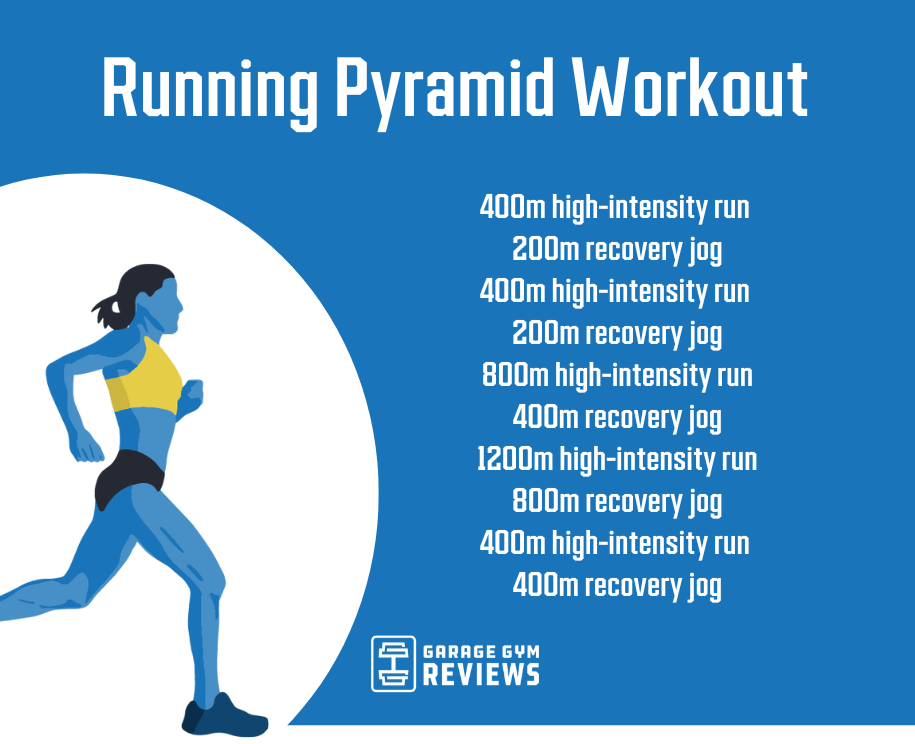Running Workout Techniques: Strategies to Enhance Stamina and Speed
Running Workout Techniques: Strategies to Enhance Stamina and Speed
Blog Article
Taking Care Of Typical Running Pains: Reasons, Solutions, and Avoidance
As joggers, we commonly run into various discomforts that can hinder our efficiency and satisfaction of this physical activity. From the debilitating pain of shin splints to the bothersome IT band disorder, these usual operating discomforts can be discouraging and demotivating. Comprehending the reasons behind these ailments is essential in successfully addressing them. By checking out the origin factors for these running discomforts, we can discover targeted services and safety nets to make sure a smoother and a lot more satisfying running experience (check here).
Usual Running Discomfort: Shin Splints
Shin splints, an usual running pain, typically result from overuse or inappropriate shoes throughout physical task. The repeated tension on the shinbone and the tissues attaching the muscle mass to the bone leads to swelling and pain.
To stop shin splints, individuals should gradually boost the intensity of their workouts, use ideal shoes with correct arch assistance, and preserve adaptability and toughness in the muscular tissues surrounding the shin (running workout). Additionally, including low-impact tasks like swimming or cycling can aid keep cardio health and fitness while allowing the shins to recover.
Typical Running Pain: IT Band Syndrome
Along with shin splints, an additional common running discomfort that professional athletes usually experience is IT Band Disorder, a condition brought on by swelling of the iliotibial band that runs along the external upper leg and knee. IT Band Disorder commonly materializes as discomfort outside of the knee, especially throughout tasks like running or biking. The iliotibial band is a thick band of fascia that connects the aware of the shin, and when it comes to be irritated or limited, it can scrub against the thigh bone, causing discomfort and pain.
Runners experiencing IT Band Syndrome may notice a stinging or hurting experience on the external knee, which can worsen with continued task. Variables such as overuse, muscle mass imbalances, incorrect running form, or poor workout can add to the growth of this condition. To avoid and minimize IT Band Disorder, runners should focus on stretching and reinforcing exercises for the hips and thighs, proper shoes, steady training development, and resolving any kind of biomechanical concerns that may be exacerbating the trouble. Ignoring the symptoms of IT Band Syndrome can result in chronic issues and extended healing times, stressing the significance of very early intervention and appropriate management methods.
Common Running Discomfort: Plantar Fasciitis

Plantar Fasciitis can be credited to different elements such as overtraining, inappropriate footwear, operating on tough surfaces, or having high arcs or flat feet. To stop and reduce Plantar Fasciitis, joggers can integrate stretching exercises for the calf bones and plantar fascia, put on supportive shoes, keep a healthy and balanced weight to reduce strain on the feet, and gradually boost running intensity to prevent sudden stress on the plantar fascia. If symptoms linger, it is recommended to speak with a healthcare specialist for appropriate medical diagnosis and therapy choices to resolve the condition effectively.
Typical Running Discomfort: Jogger's Knee
After attending to the difficulties of Plantar Fasciitis, one more common concern that joggers typically face is Jogger's Knee, a common running pain additional hints that can hinder sports efficiency and cause discomfort during physical task. Jogger's Knee, likewise recognized as patellofemoral pain disorder, manifests as pain around or behind the kneecap. Runners experiencing this discomfort might really feel a boring, aching pain while running, going up or down stairways, or after extended periods of sitting.
Typical Running Discomfort: Achilles Tendonitis
Commonly afflicting joggers, Achilles Tendonitis is an excruciating problem that affects the Achilles tendon, causing pain and prospective restrictions in exercise. The Achilles ligament is a thick band of cells that links the calf bone muscle mass to the heel bone, important for activities like running, jumping, and strolling - take a look. Achilles Tendonitis often establishes because of overuse, inappropriate footwear, inadequate stretching, or abrupt rises in physical task
Signs And Symptoms of Achilles Tendonitis include discomfort and stiffness along the tendon, specifically in the early morning or after periods of lack of exercise, swelling that gets worse with activity, and potentially bone spurs in persistent cases. To stop Achilles Tendonitis, it is essential to stretch properly before and after running, use appropriate footwear with correct support, gradually raise the strength of workout, and cross-train to reduce repeated tension on the ligament.
Final Thought

Report this page